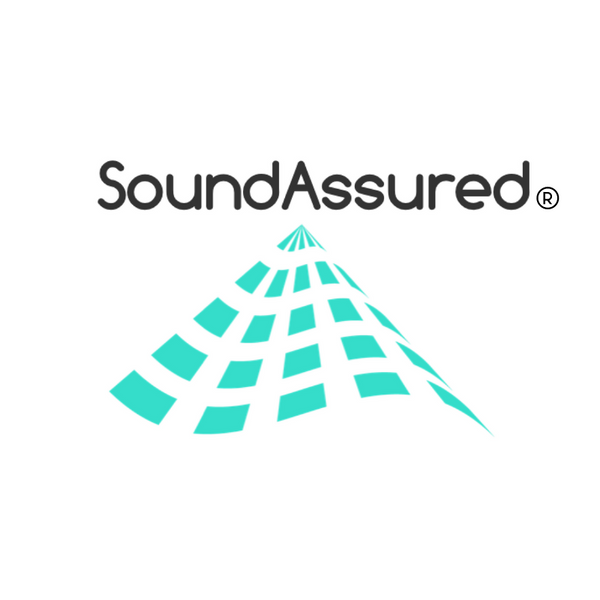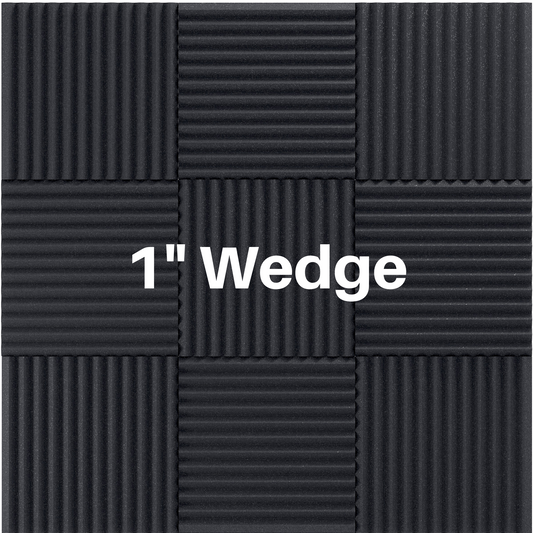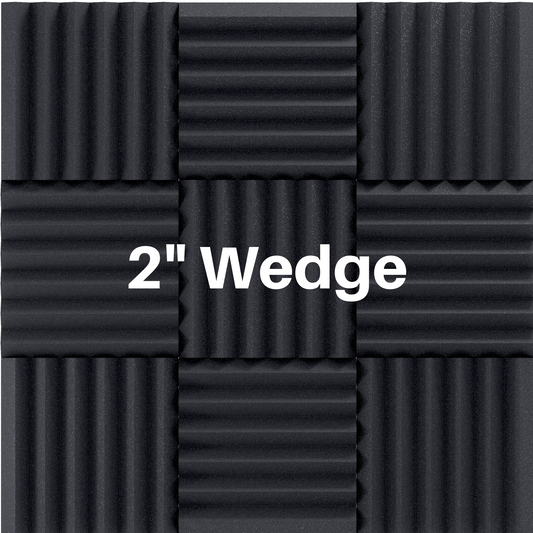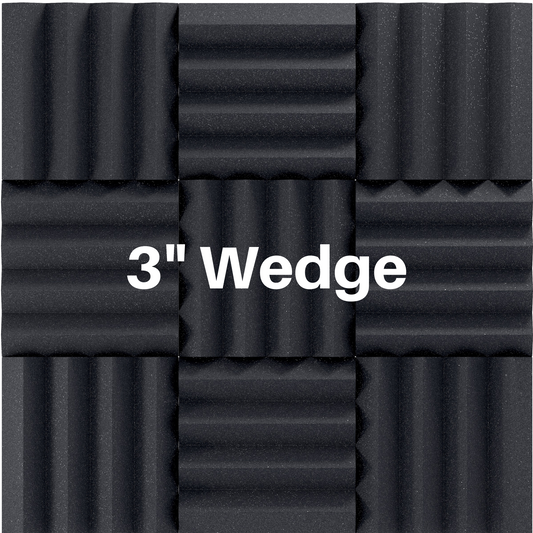What Are Bass Traps Used For ?
Share

Bass traps are used for treating mixing rooms, recording spaces, rehearsal rooms, theater halls, clubs and more. Bass traps accomplish goals such as obtaining a flatter low frequency room response, taming standing waves in a room and deadening boomy sounding rooms.
A flat low frequency response means that the bass tones coming out of your speaker or amp are exactly what you are hearing with no variation. You want a flat frequency response when mixing or practicing in order to have some control when adjusting the mix or the settings of your amps. You do not want the room to completely change the sound coming from the source(s). You can obtain a flat low frequency response by using bass traps to absorb low frequency sound waves and prevent standing waves.
Standing waves are created when the bass frequencies are reverberating around your room and bounce into each other. You can find out if you have standing waves by putting your favorite song on and listening. Lean forward and back then walk around the room to see if the bass sounds louder or softer in different areas of the room. If you notice differences then you probably have standing waves.
Standing waves can do two things:
- Over emphasize the bass from all your speakers giving the room a bass boost.
- Cancel out some or all of the bass tones coming out of the speakers/amps.
Just like some headphones have a "bass booster" some rooms because of their dimensions and other characteristics also have a natural bass booster. Alternately, some rooms will have the adverse effect making the bass sound sound softer than intended.
In a mixing/mastering room either of these problems will seriously mess up your mixes. A band performing in a venue without a flat low frequency response will have trouble getting the mids and highs to come out. You can always add more mids and highs with equalization but the results are not as good as if the venue used bass traps to absorb the low end when tuning the room.
Our acoustic foam bass traps like all our acoustic foams absorb sound waves by changing sound energy into heat through friction. Thinner foams are great for taming mid and high frequencies. However, rooms treated with all thin foam will have a flatter response and more of a dead sound but will also sound boomy at the same time. To avoid a boomy sounding room you will need to use bass traps.
Bass traps are usually installed in the corners of rooms and at wall intersections. In a mixing room, mount them in the corners of the room up against the ceiling behind where you sit. Every room is different so the bass traps may need to be adjusted a bit before you notice the desired result.
Every room has different sonic characteristics so there is not one single formula for treating a room. Please contact us if you have any questions about your room. We are happy to help!
SHOP BASS TRAPS!





